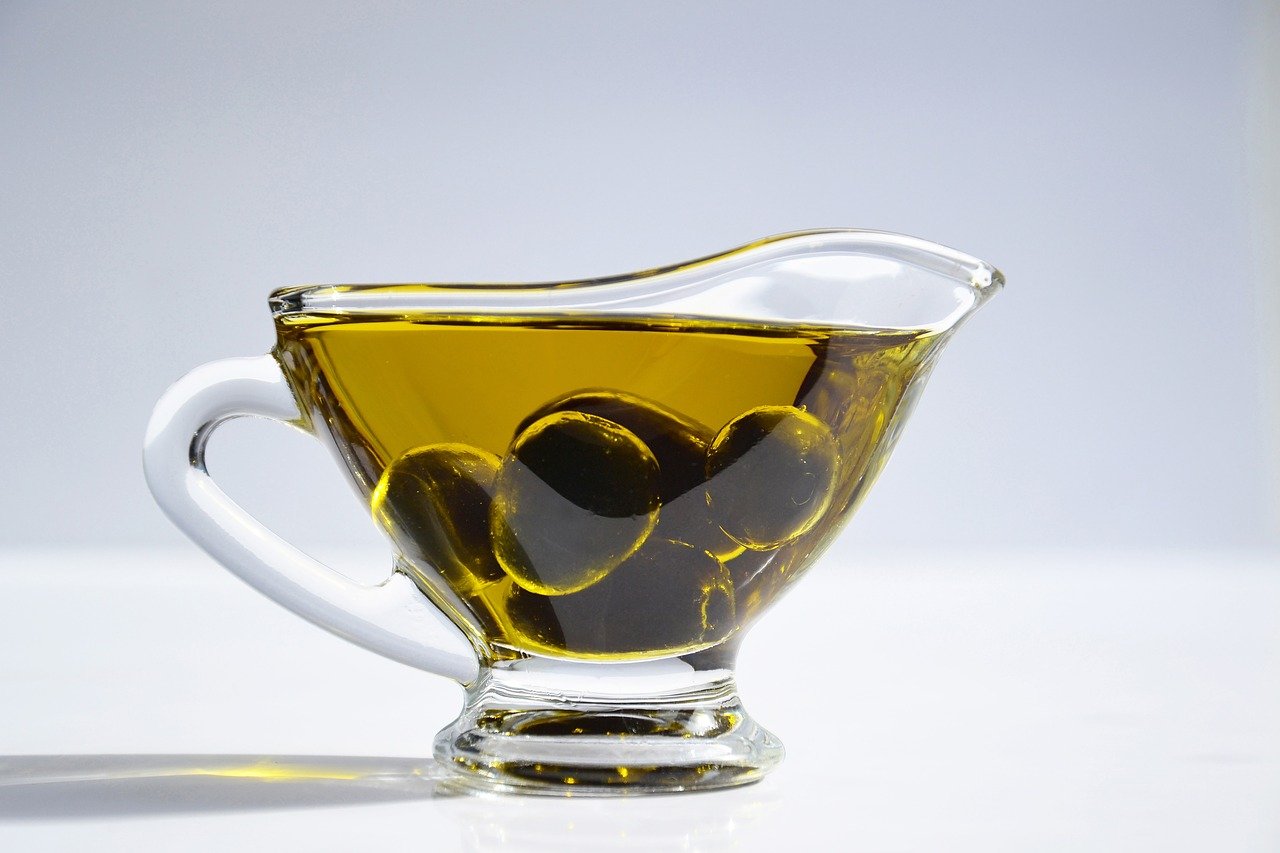
Density of Extra Virgin Olive Oil
The density of Extra Virgin Olive Oil is one of the hallmarks that help us identify its level of purity. It is something that you should learn to analyse. But why? On many occasions, products are marketed that present a low quality oil or even, sometimes, they do not even contain oil. If we pay attention to the density they present, we can learn to calculate their value.
In the same way that occurs with wines, the different types of oil that we can find have very specific characteristics. These traits help us differentiate them. Surely you have noticed that, although sunflower oil and olive oil can be included under the same general classification, both can be differentiated in a relatively simple way. In fact, you’ve probably noticed that one of the main differences between the two is their density change.
But in order to learn to assess the density that exists within oils, it is important that we first understand what this concept really means.
What exactly is the density of Extra Virgin Olive Oil?
In your childhood you surely played to mix different substances as an experiment. Most likely, you mixed a solution of water with oil and were surprised to discover that despite being two liquid elements, they could not be mixed.
This example is very visual to understand what exactly a density change is. Water is more liquid or lighter than oil and this difference in consistency in their bodies makes it impossible for them to merge completely.
But if we want to give our definition a little more rigor, we can say that density is a unit of measurement that helps us discover the amount of mass that has been imbued within a body or space.
Density is probably the easiest characteristic to detect when making a first assessment of quality for buying olive oil . If we are faced with a solution of extra virgin olive oil and we want to know what its level of purity is, we must analyse the consistency of its body.
Continuing with the analogy we made before, we could say that the more consistent an oil is, the higher the content of pure oil. That is to say, the greater the amount of water inside the bottle (and therefore the lower the amount of oil present in the mixture), the less pure the product is and therefore it is of poorer quality. .
What is the proper density for a high quality olive oil?
In order to establish the optimal measure and thus be able to consider that an oil is of high quality, the UN established the ideal weight of olive oil at nothing more and nothing less than 0.916 kilos per liter. On the other hand, temperature is also a variable to take into account in order to define the quality of the solution.
The relationship between density and ambient temperature is especially relevant for accurate measurement. And, as you can imagine, the temperature has a lot to say about it.
Have you noticed that olive oil tends to have a more solid appearance at low temperatures? However, when it is subjected to high temperatures during the cooking process, its body becomes lighter and acquires a more liquid appearance. In fact, at high temperatures the density of the oil drops to 0.80 kg/litre.
It is precisely its density that makes olive oil a healthier option when it comes to using it as a cooking ingredient. Unlike what happens with vegetable fats, extra virgin olive oil has a chemical composition that makes it more resistant to temperatures exceeding 180 degrees Celsius.
Their molecular structure has a greater stability, so their decomposition process is much slower. As a consequence, their ability to penetrate the food is much lower, which in the end is reflected in a lower amount of calories, facilitating the digestion process.
Temperature and density of olive oil
| Temperature (ºC) | Density (kg/ litro) |
|---|---|
| 6 | 0.9230 |
| 7 | 0.9224 |
| 8 | 0.9217 |
| 9 | 0.9210 |
| 10 | 0.9204 |
| 11 | 0.9197 |
| 12 | 0.9190 |
| 13 | 0.9184 |
| 14 | 0.9177 |
| 15 | 0.9170 |
| 16 | 0.9164 |
| 17 | 0.9157 |
| 18 | 0.9150 |
| 19 | 0.9144 |
| 20 | 0.9137 |
| 21 | 0.9130 |
| 22 | 0.9124 |
| 23 | 0.9117 |
| 24 | 0.9110 |
| 25 | 0.9104 |
| 26 | 0.9097 |
| 27 | 0.9090 |
| 28 | 0.9084 |
| 29 | 0.9077 |
Because temperature is an environmental agent capable of modifying the density of elements, it must be taken into account when carrying out a measurement.
In order to make an accurate assessment of the quality of a given oil, the UN established a temperature of between 16 and 17 degrees Celsius. If our oil is within this range, the measurement carried out will be accurate and reliable.
What exactly defines the greater or lesser density of an extra virgin olive oil?
Actually, there are different factors that can alter its consistency. One of the most important agents is the nature of the oil. What is its origin?Under what classification can it be classified?
Have you taken a look at the huge range of vegetable oils? If so, you may have noticed that sunflower oil is much denser than palm oil, for example. And this change is determined by its origins, but it can also be influenced by other factors such as the type of mixture that is made or even the procedure used during its production.
The density in the different types of oil
| Oil type | Relative density |
|---|---|
| Sunflower oil | 0.918 - 0.923 |
| Soybean oil | 0.919 - 0.925 |
| Olive oil | 0.913 - 0.916 |
| Palm oil | 0.908 - 0.921 |
| Coconut oil | 0.908 - 0.921 |
| Corn oil | 0.917 - 0.925 |
| Canola oil | 0.910 - 0.920 |
| Cottonseed oil | 0.918 - 0.926 |
Knowing the level of density of extra olive oil facilitates the separation between water, oil and other components. This helps purify the final solution. From a mechanical process based on a centrifugation system, it is possible to obtain solutions of extra virgin olive oil of the highest quality, with all the benefits that this implies.
How to maintain the properties of extra virgin olive oil and preserve its correct level of density?
High temperatures are detrimental to extra virgin olive oil and if it is not going to be used for cooking at high temperatures, it is advisable to keep it away from heat.
It is important that we promote its conservation in a dry, cool place with a low humidity rate. In addition, light can also have a corrosive effect on the oil. Therefore, it is recommended that it be stored in a dark place or at least with reduced light exposure.
Comparison of densities of vegetable oils with respect to olive oil
| Type of oil | Relative density | Olive oil difference |
|---|---|---|
| Sunflower oil | 0.918 - 0.923 | 0,005 - 0,007 |
| Soybean oil | 0.919 - 0.925 | 0,006 - 0,009 |
| Palm oil | 0.908 - 0.921 | 0,005 |
| Coconut oil | 0.908 - 0.921 | 0,005 |
| Corn oil | 0.917 - 0.925 | 0,004 - 0,009 |
| Canola oil | 0.910 - 0.920 | 0,004 - 0,007 |
| Cottonseed oil | 0.918 - 0.926 | 0,005 - 0,010 |
We hope that this article has helped you to know the density of the oil and its temperature.
If you like quality extra virgin olive oil, we offer you a wide range of extraordinary quality EVOO.
Contact us for more information. See you in the next article.
Leave us your comment!
Write any questions or comments you have, we will love to read it and get back to you


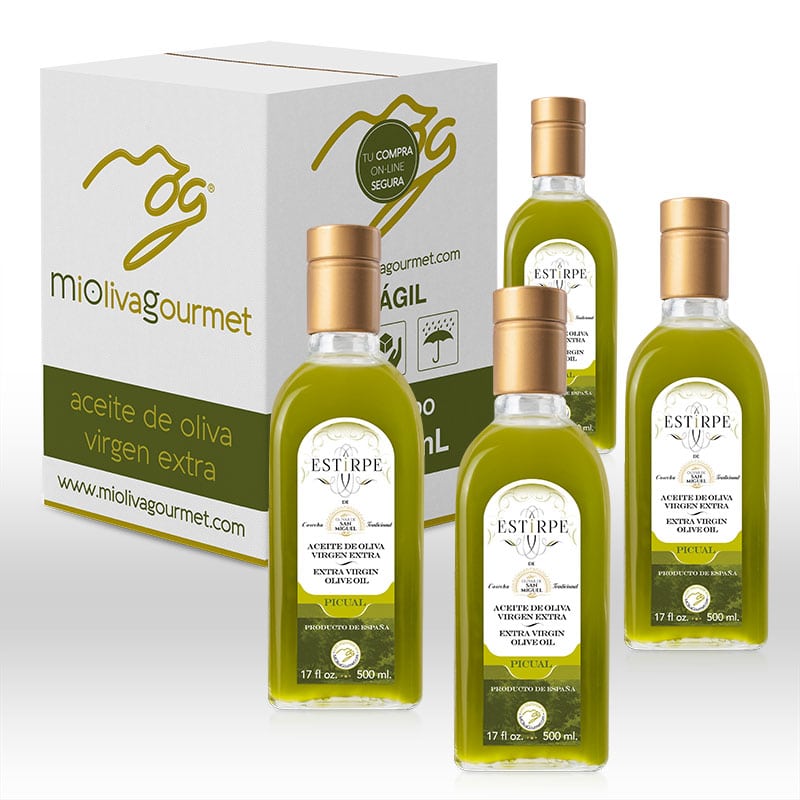
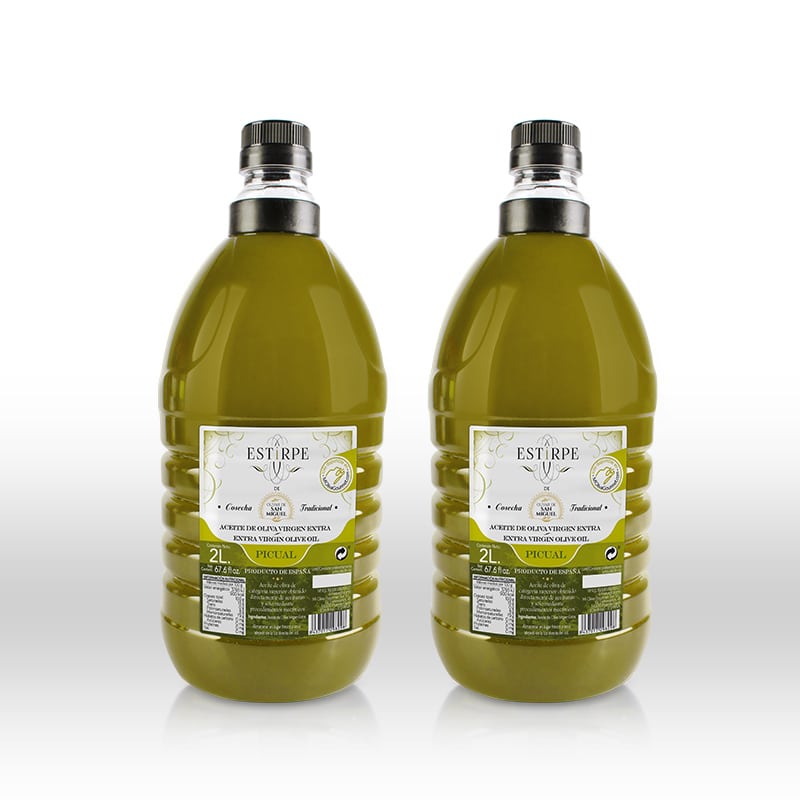
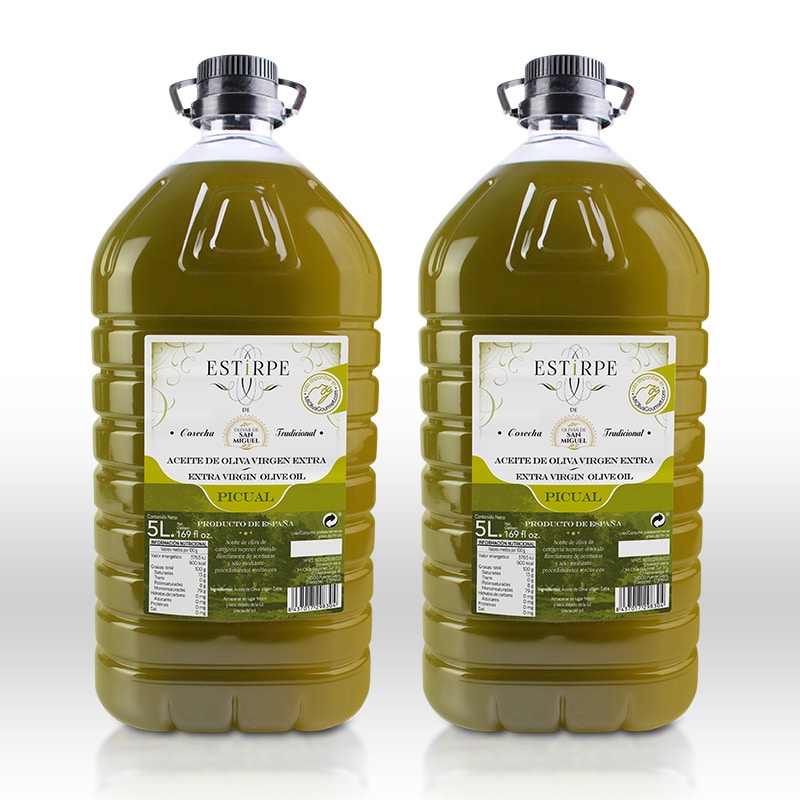
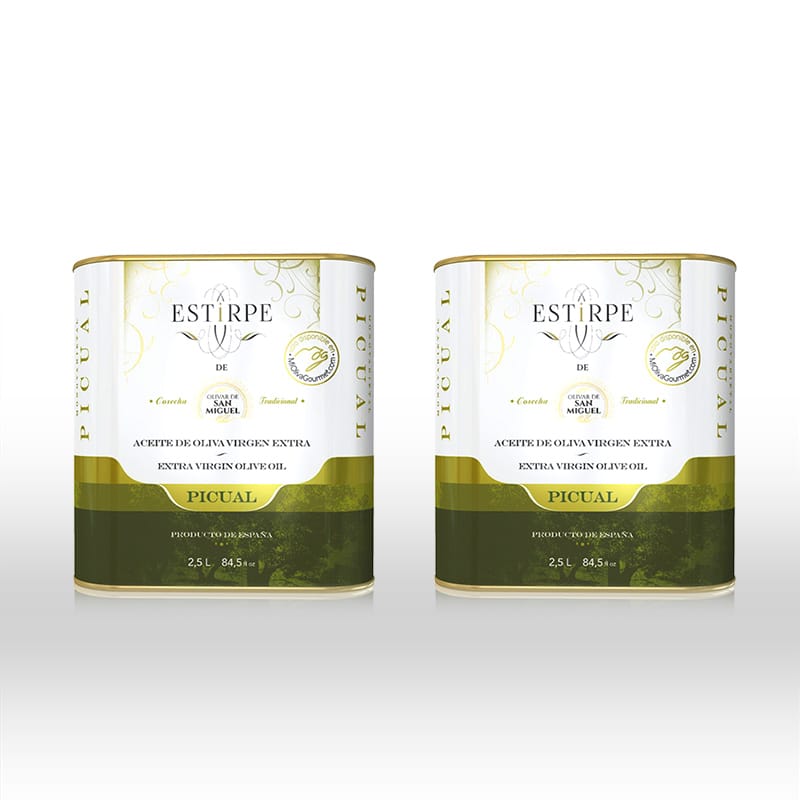
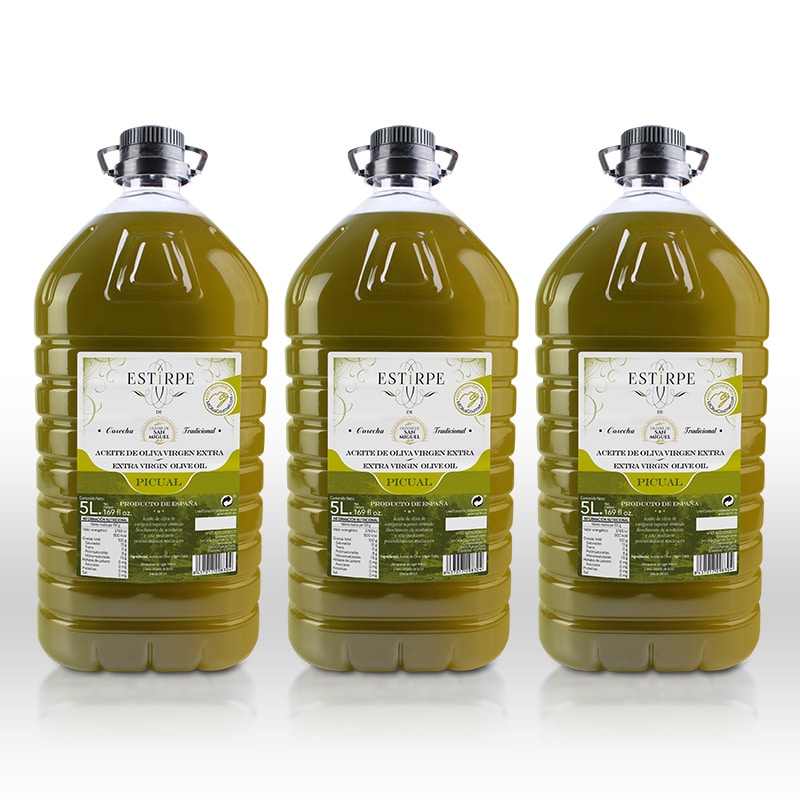
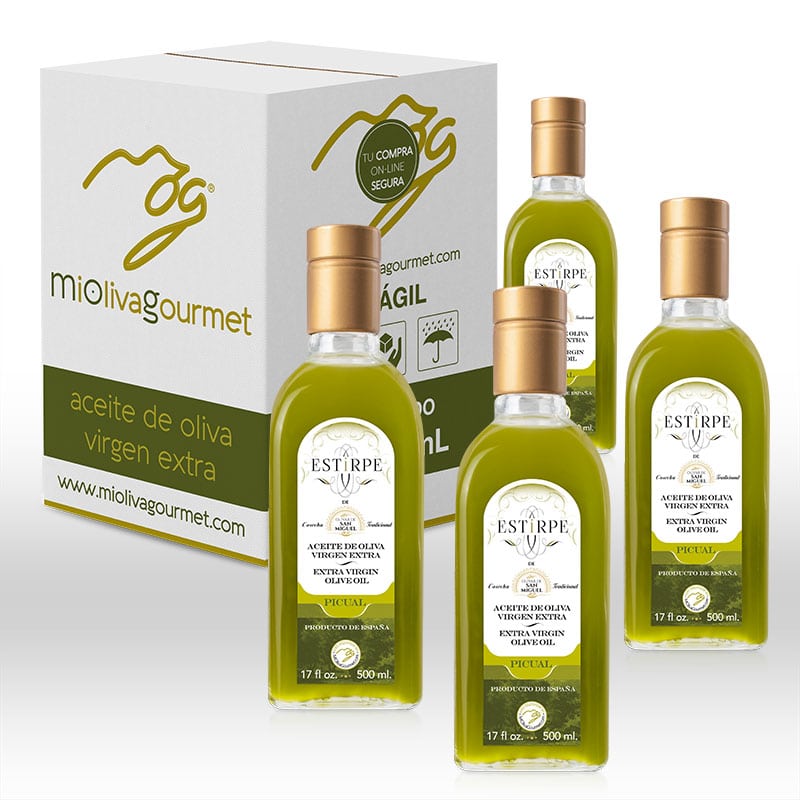
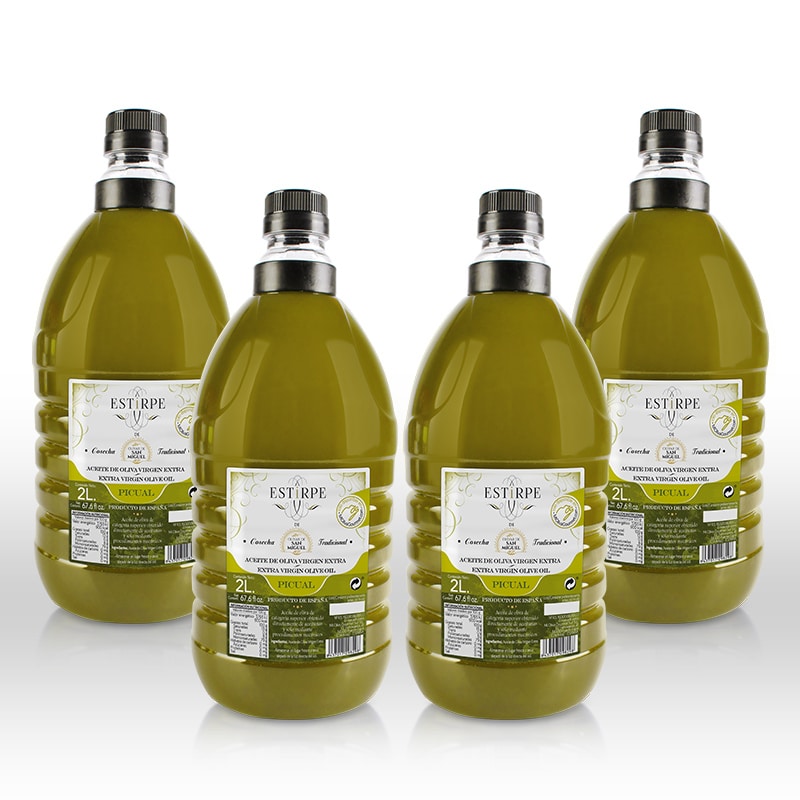

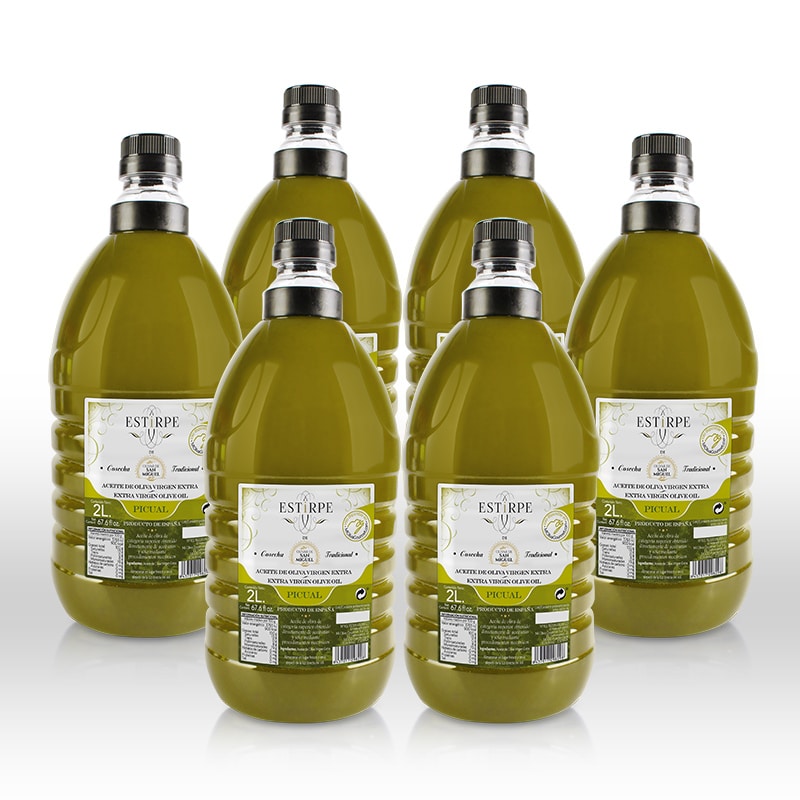

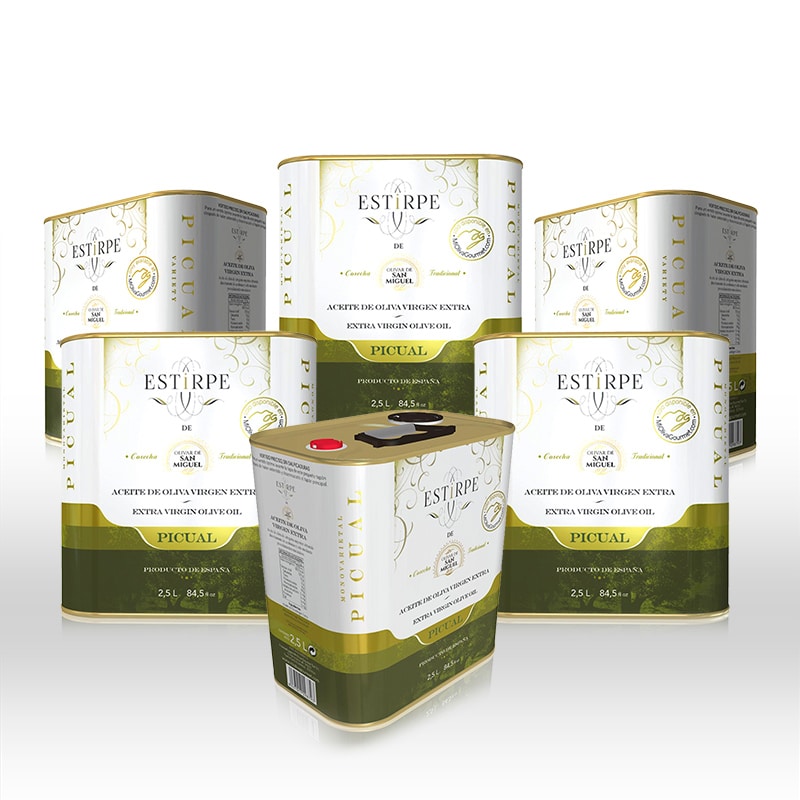
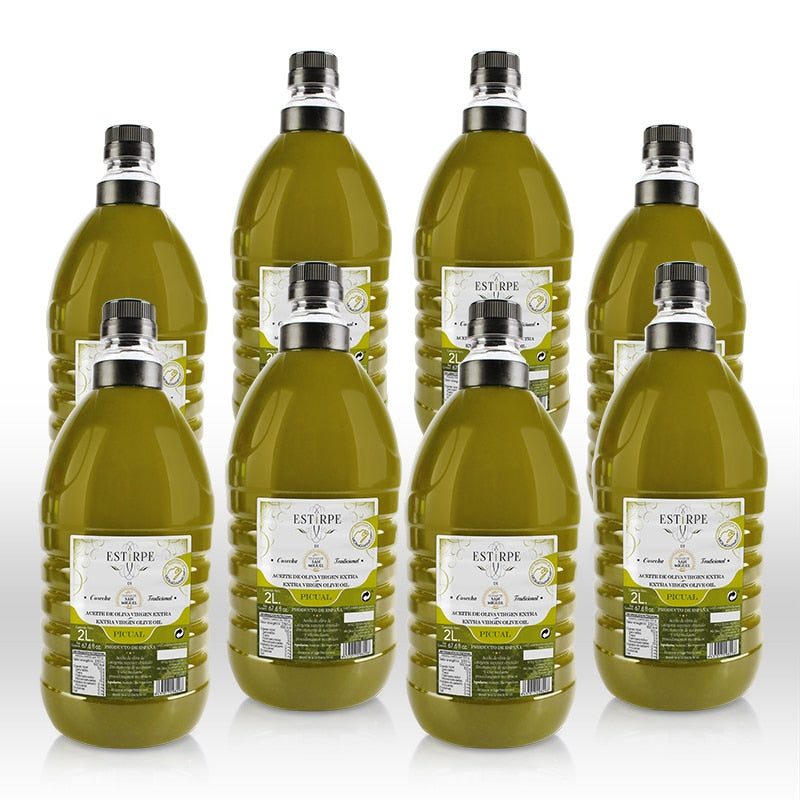
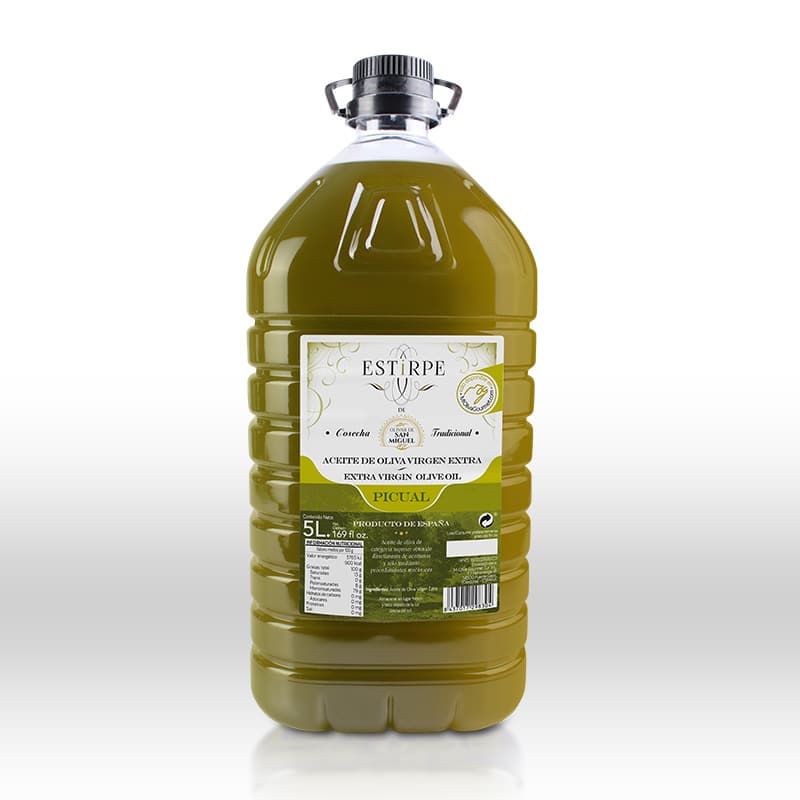





Leave a comment
This site is protected by hCaptcha and the hCaptcha Privacy Policy and Terms of Service apply.